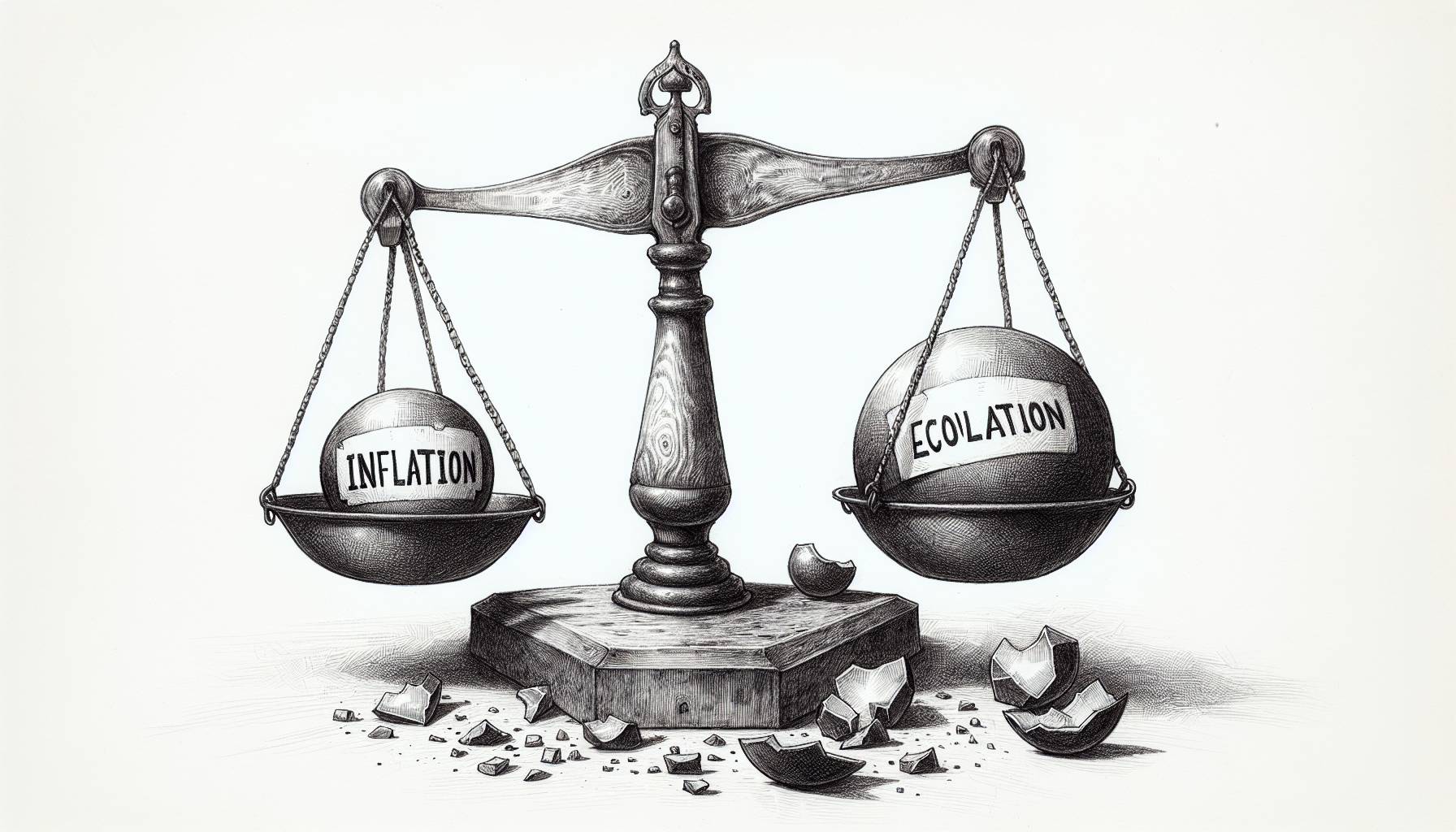Unexpected inflation spikes are challenging economists, contradicting prior predictions of economic stability in late 2023 and early 2024. This sudden change opposes the forecasted global financial recovery and instigates fervent debates among economic experts over future monetary policies. This prevailing trend has led to worries, forcing stakeholders to rethink their strategies and casting doubts over investment decisions.
Despite the concerns, some analysts argue that this could be a temporary phase and does not necessarily signify long-term instability. Regardless, the ramifications on households and businesses are substantial, with rising prices and escalated cost of living causing criticism. On a broader scale, governments and central banks worldwide are pondering suitable responses to stabilize the inflation rate.
The U.S. economy is riding the wave of high inflation, coinciding with strong economic growth. The labor market continues to show stability, with increased job creation and a heightened Employment Cost Index. These improvements are due, in part, to the federal government’s fiscal stimuli and evolving consumer expenditure trends. Despite the positive outlook, concerns over price rises maintain, driving authorities to develop strategies to temper the inflation impact on consumer affordability.
The Federal Reserve, in particular, has hinted at future interest rate increases designed to control inflation without hindering economic growth. Meanwhile, it advises businesses to strategize accordingly, taking into account the shifting macroeconomic environment.
Inflation surge challenges economic forecasts
However, the persistence of inflation triggers concerns among economists, analysts, and members of the Federal Reserve. The constant rise in prices threatens purchasing power and the potentially reduces consumer expenditure.
The core personal consumption expenditures index (PCE)—the Federal Reserve’s chosen inflation indicator—has prominently risen, negating progress made in the last six months. This increase halts expectations of interest rate cuts, prompting speculation concerning economic stability and casting doubt on the fairness of the current economic system.
Until recently, the core PCE looked stable, adhering to the Federal Reserve’s annual inflation target of 2%. Unexpectedly, this rate soared to 4.4% in this year’s first quarter, deviating from expected slow price increases. This inflation spike has mounted pressure on the Federal Reserve to intervene and restore economic equilibrium.
Despite these shifts, the equity markets remain strong, portraying financial stability. Investors view this as a positive development, maintaining a positive outlook about future growth prospects. But questions about recovery’s robustness still loom.
Although concerns persist, some analysts suggest that this inflation surge could be temporary, crediting it to supply chain issues and pent-up demand following the pandemic. If this inflationary pressure continues, the Federal Reserve might need to adopt a harsher interest rate policy or take additional measures to keep inflation in check, ensuring economic stability.
Typical factors causing inflation do not satisfactorily explain this unexpected surge. However, long-term inflation expectations based on professional forecaster studies continue to stabilize at 2%, suggesting potential for recovery.













